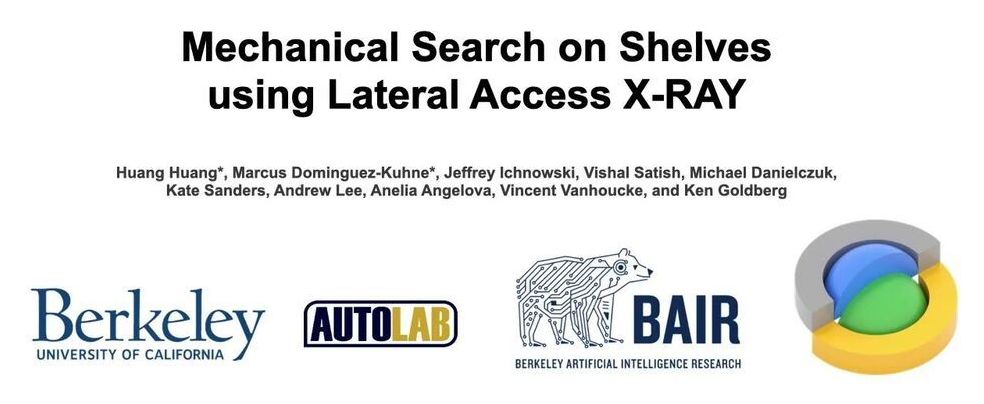Artificial intelligence is being applied to virtually every aspect of our work and recreational lives. From determining calculations for the construction of towering skyscrapers to designing and building cruise ships the size of football fields, AI is increasingly playing a key role in the most massive projects.
But sometimes, all we want to do is move a can of beans.
According to a recently published abstract by researchers at the University of California, Berkeley, they have developed a mechanism that “couples a perception pipeline predicting a target object occupancy support distribution with a mechanical search policy that sequentially selects occluding objects to push to the side to reveal the target as efficiently as possible.”
